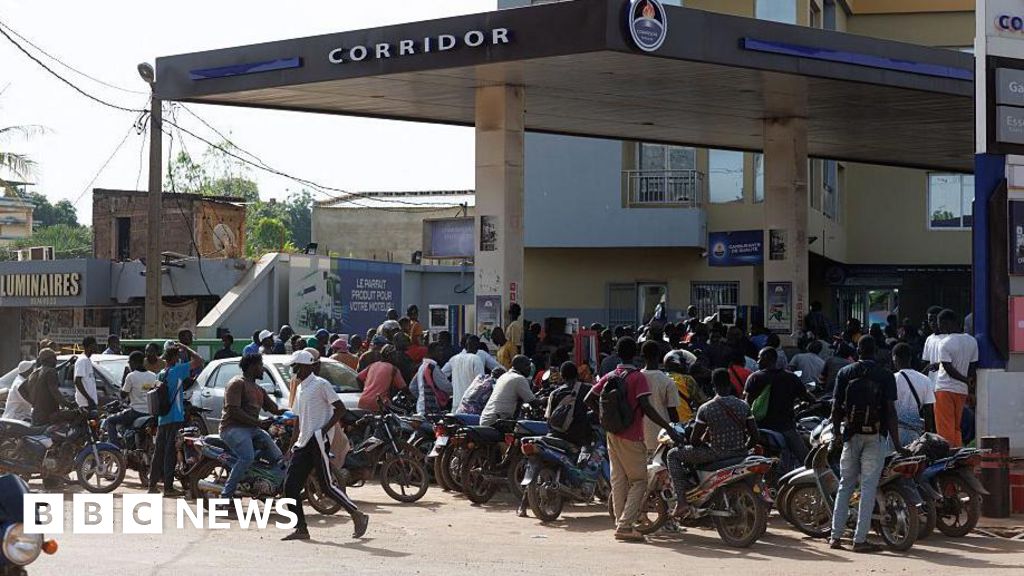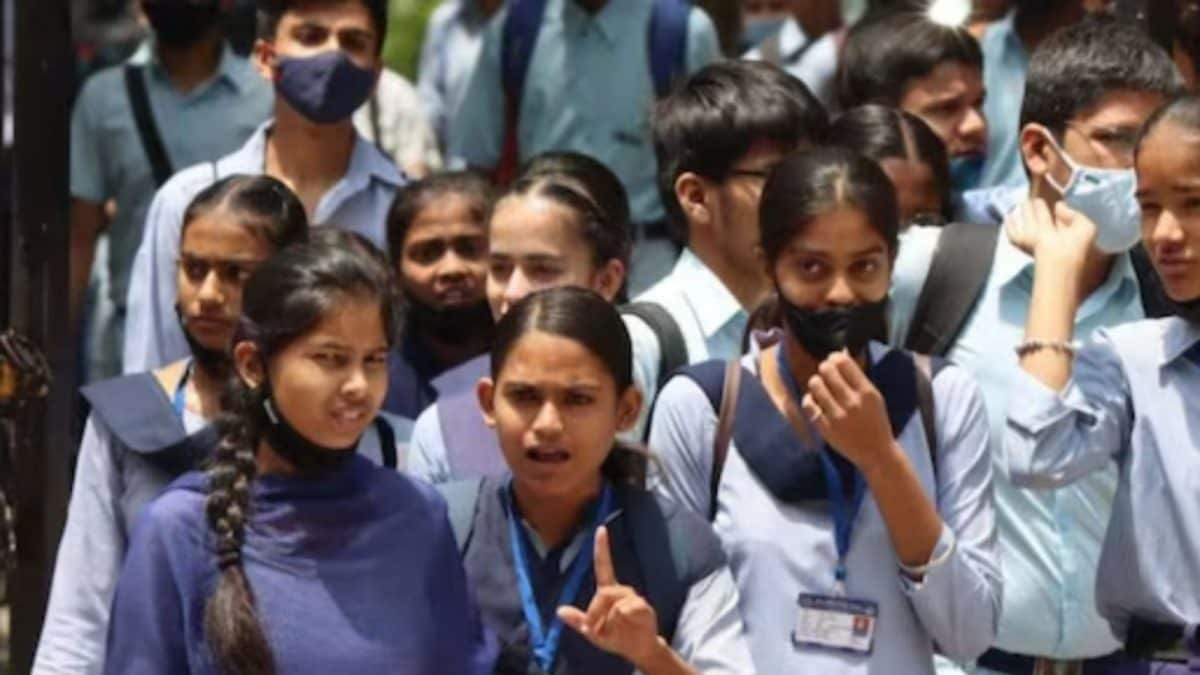OpIndia Exclusive: India’s march towards end of Naxalism: RTI data reveals Chhattisgarh leads in Naxal surrenders and killings; 2016 saw the most surrenders, 2025 the most LWE killings
Under the leadership of Prime Minister Narendra Modi, Left-Wing Extremism (LWE) has receded sharply across the “Red Corridor” over 11 years. A reply to OpIndia’s RTI on Naxalism from the Left-Wing Extremism (LWE) Division of the Ministry of Home Affairs (MHA), Government of India, shows that Chhattisgarh recorded the highest LWE surrenders (6,153) and the highest LWE killings (1,129) among the ten tracked states from May 2014 to 30th September 2025. The year 2016 registered the most surrenders (1,440), while 2025 (till 30th September) logged the most LWE killings (311), which indicates shrinking insurgent space and intensified, intelligence-led operations. Minister of Home Affairs Amit Shah has publicly set March 2026 as the target to end the Naxal problem under Operation Kagar. RTI data shows sharp reduction in Naxal-related violence since 2016, with renewed operational surge in 2025. (Source: Ministry of Home Affairs, LWE Division) National picture – a shrinking insurgency under a centralised plan OpIndia received data on 10 states that are West Bengal, Kerala, Chhattisgarh, Jharkhand, Andhra Pradesh, Bihar, Odisha, Telangana, Madhya Pradesh and Maharashtra. According to the data, a total of 8,751 Naxals have surrendered since May 2014 and 1,801 Naxals have been killed. A total of 548 security personnel have lost their lives during operations and 1,630 civilians have been killed during that period. Furthermore, security forces have recovered 5,277 arms from LWEs between May 2014 and 30th September 2025. The figures align with the Centre’s policy shift to coordinate inter-state operations, development-led outreach and targeted rehabilitation, which reduced the conflict to limited pockets. In a recent statement, HM Shah mentioned that the Naxal movement has reduced to just three districts across the country. State-wise performance – Chhattisgarh tops, heartland pockets persist Chhattisgarh is traditionally the core theatre of the Naxal movement. The state leads both in surrenders and killings of LWEs, which reflects intense state-Centre synergy, long-horizon area domination and continued pressure on formations in Bastar and adjoining zones. RTI data shows Chhattisgarh accounting for nearly two-thirds of all Naxal surrenders and killings across ten states since 2014, followed by Jharkhand and Odisha. (Source: Ministry of Home Affairs, LWE Division) Interestingly, between May 2014 and December 2018, under the Raman Singh-led BJP government, the state recorded around 2,697 Naxal surrenders and 408 LWE killings. The phase reflected strong centre-state synergy, with the Union Home Ministry’s operations and state police actions working in tandem. In contrast, during Congress rule (Bhupesh Baghel and Ajit Jogi) from 7 December 2018 to 13 December 2023, the figures dropped to around 2,019 surrenders and 228 LWE killings, even as civilian and force casualties saw little improvement. After Vishnu Deo Sai’s BJP government assumed office in December 2023, the short period till September 2025 has already seen over 1,887 surrenders and 493 Naxal neutralisations, suggesting that the BJP-led coordination between the Centre and state has proven more cohesive and result-oriented in curbing Left-Wing Extremism. RTI data reveals Chhattisgarh saw stronger anti-Naxal results under BJP governments, with renewed operational success since Vishnu Deo Sai took charge in 2023. (Source: Ministry of Home Affairs, LWE Division) Jharkhand and Odisha show sustained degradation of cadre strength, while Telangana and Andhra Pradesh remain relatively quiet. West Bengal and Kerala register negligible incident numbers in recent years, consistent with the contraction of the Red Corridor. Year-wise trend – peak surrenders in 2016, operational squeeze in 2025 2016 emerged as the peak surrender year, which suggests effective pull factors and rehabilitation programmes. 2025 (till 30th September) shows the highest Naxal neutralisations by killing, a sign of the Central Government’s determination to end Naxalism with the help of improved actionable intelligence, better mobility and technology-enabled operations. The twin trend of high surrenders over time and recent operational dominance points towards a maturing counter-insurgency programme that has moved from establishing contact and talks to focused endgame pressure. Civilian and security force casualties – risk reduced, vigilance retained Security forces have paid a price. 548 personnel have been killed since May 2014. However, year-on-year casualties show an overall decline over the years. Civilian deaths (1,630) remain a sombre reminder of the human toll, although the spread and frequency of civilian-targeted incidents have reduced as insurgent control areas have shrunk. Casualty data from Chhattisgarh shows a sharp reduction in both civilian and security force deaths after 2018, underscoring improved intelligence and field coordination. (Sour



Under the leadership of Prime Minister Narendra Modi, Left-Wing Extremism (LWE) has receded sharply across the “Red Corridor” over 11 years. A reply to OpIndia’s RTI on Naxalism from the Left-Wing Extremism (LWE) Division of the Ministry of Home Affairs (MHA), Government of India, shows that Chhattisgarh recorded the highest LWE surrenders (6,153) and the highest LWE killings (1,129) among the ten tracked states from May 2014 to 30th September 2025.
The year 2016 registered the most surrenders (1,440), while 2025 (till 30th September) logged the most LWE killings (311), which indicates shrinking insurgent space and intensified, intelligence-led operations. Minister of Home Affairs Amit Shah has publicly set March 2026 as the target to end the Naxal problem under Operation Kagar.

National picture – a shrinking insurgency under a centralised plan
OpIndia received data on 10 states that are West Bengal, Kerala, Chhattisgarh, Jharkhand, Andhra Pradesh, Bihar, Odisha, Telangana, Madhya Pradesh and Maharashtra. According to the data, a total of 8,751 Naxals have surrendered since May 2014 and 1,801 Naxals have been killed. A total of 548 security personnel have lost their lives during operations and 1,630 civilians have been killed during that period. Furthermore, security forces have recovered 5,277 arms from LWEs between May 2014 and 30th September 2025.
The figures align with the Centre’s policy shift to coordinate inter-state operations, development-led outreach and targeted rehabilitation, which reduced the conflict to limited pockets. In a recent statement, HM Shah mentioned that the Naxal movement has reduced to just three districts across the country.
State-wise performance – Chhattisgarh tops, heartland pockets persist
Chhattisgarh is traditionally the core theatre of the Naxal movement. The state leads both in surrenders and killings of LWEs, which reflects intense state-Centre synergy, long-horizon area domination and continued pressure on formations in Bastar and adjoining zones.

Interestingly, between May 2014 and December 2018, under the Raman Singh-led BJP government, the state recorded around 2,697 Naxal surrenders and 408 LWE killings. The phase reflected strong centre-state synergy, with the Union Home Ministry’s operations and state police actions working in tandem.
In contrast, during Congress rule (Bhupesh Baghel and Ajit Jogi) from 7 December 2018 to 13 December 2023, the figures dropped to around 2,019 surrenders and 228 LWE killings, even as civilian and force casualties saw little improvement.
After Vishnu Deo Sai’s BJP government assumed office in December 2023, the short period till September 2025 has already seen over 1,887 surrenders and 493 Naxal neutralisations, suggesting that the BJP-led coordination between the Centre and state has proven more cohesive and result-oriented in curbing Left-Wing Extremism.

Jharkhand and Odisha show sustained degradation of cadre strength, while Telangana and Andhra Pradesh remain relatively quiet. West Bengal and Kerala register negligible incident numbers in recent years, consistent with the contraction of the Red Corridor.
Year-wise trend – peak surrenders in 2016, operational squeeze in 2025
2016 emerged as the peak surrender year, which suggests effective pull factors and rehabilitation programmes. 2025 (till 30th September) shows the highest Naxal neutralisations by killing, a sign of the Central Government’s determination to end Naxalism with the help of improved actionable intelligence, better mobility and technology-enabled operations. The twin trend of high surrenders over time and recent operational dominance points towards a maturing counter-insurgency programme that has moved from establishing contact and talks to focused endgame pressure.
Civilian and security force casualties – risk reduced, vigilance retained
Security forces have paid a price. 548 personnel have been killed since May 2014. However, year-on-year casualties show an overall decline over the years. Civilian deaths (1,630) remain a sombre reminder of the human toll, although the spread and frequency of civilian-targeted incidents have reduced as insurgent control areas have shrunk.

Surrender and rehabilitation – policy credibility and cadre depletion
The consistency of 8,751 surrenders across eleven years points to a credible pipeline from contact to capitulation. Counselling, monetary incentives, livelihood transitions and legal relief for rank-and-file members not involved in grave crimes have successfully attracted those who want to leave the path of the Naxal movement. Furthermore, in recent times, HM Shah categorically denied requests for ceasefire and talks, pushing for either surrender or encounter of the LWEs, which has left virtually no room for Naxals to continue their armed movement.
All these factors have had a compounding effect, including cadre depletion, intelligence inflow and armament recovery, which stood at 5,277 in 11 years, further eroding insurgent capacity to regroup.
Arms recovered – measuring operational dominance
Steady arms recoveries corroborate area domination beyond encounter tallies. Recoveries across multiple states indicate a thinning of arms caches and disruption of supply lines, reducing the ability of units to plan complex ambushes or sustain long campaigns.

The road to March 2026 – endgame in shrinking pockets
With the Naxal footprint now limited to select forested belts, the government’s stated objective of ending Naxalism by March 2026 appears to rest on sustained pressure in a few remaining nodes, backed by road connectivity, telecom coverage, welfare saturation and continued surrenders. The overall trajectory since May 2014 shows LWE in strategic retreat, though vigilance remains essential to prevent episodic spikes.





























































































